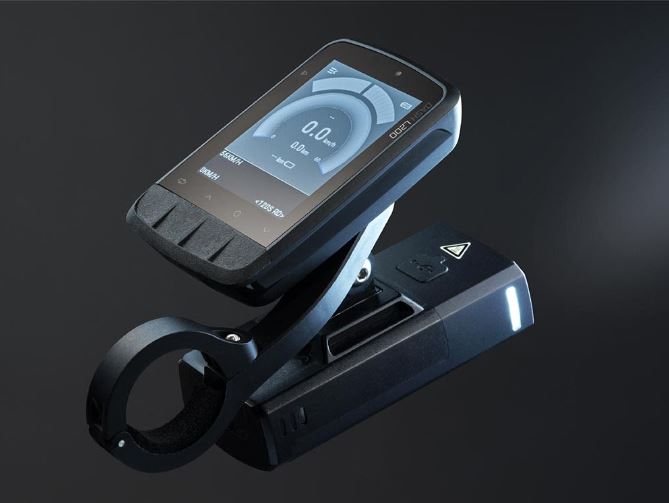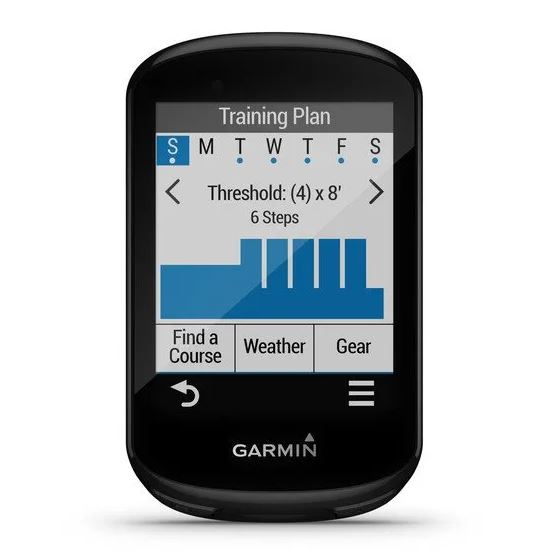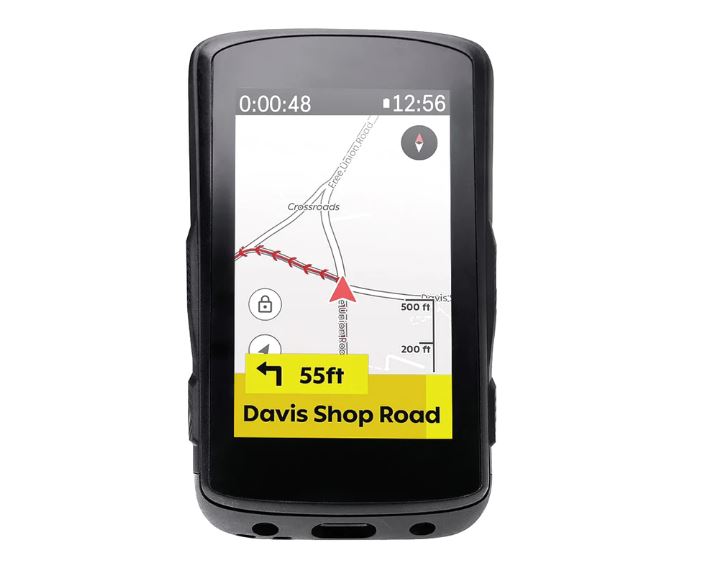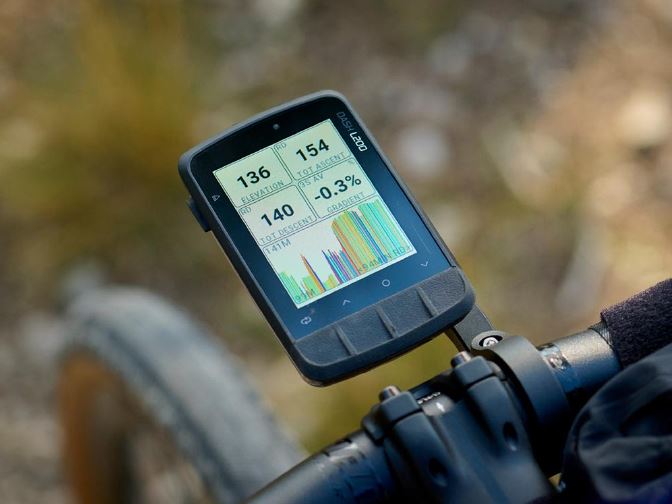Understanding Bike Computer Connectivity with Bluetooth and ANT+

Key Point Summary of Understanding Bike Computer Connectivity with Bluetooth and ANT+:
- Bluetooth and ANT+ are the primary technologies for wireless communication between bike computers and other devices (sensors, smartphones, and other computers).
- Bluetooth is widely used for its compatibility with smartphones and ease of pairing, facilitating data transfer and real-time tracking on cycling apps.
- ANT+ specializes in low-energy, reliable data transmission, allowing multiple devices to connect simultaneously without draining battery life.
- Data Transfer capabilities of both Bluetooth and ANT+ enhance the cycling experience by providing detailed analytics, live feedback, and the ability to share rides with a community.
In the world of cycling, the evolution of technology has brought about significant enhancements in how we train, track, and analyze our rides. One key advancement is the connectivity options offered by modern bike computers. As a masters cyclist who has navigated the trails, roads, and tracks across various disciplines, I’ve seen firsthand the impact of these technologies. Let’s delve into the realms of Bluetooth and ANT+ connectivity in bike computers, making sense of what they mean for cyclists from beginner to mid-level experience.
The Role of Connectivity in Modern Cycling
Connectivity in bike computers has revolutionized the way we approach cycling. Whether I’m prepping for a gravel race, strategizing for a cyclocross event, or just enjoying a leisurely ride on my mountain bike, the ability to connect my bike computer to various sensors and devices has been a game-changer. Here’s why:

Bluetooth: The Universal Connector
Bluetooth technology has become a staple in our daily lives, and its integration into bike computers offers a seamless way to connect with smartphones and other Bluetooth-enabled devices. This connectivity allows for easy setup and data transfer, making it simpler to track rides, navigate routes, and monitor performance in real-time. Personal anecdote aside, I’ve seen many fellow cyclists benefit from Bluetooth’s straightforward pairing process, quickly syncing their devices to capture every detail of their rides.
ANT+: Specialized for Cyclists
While Bluetooth caters to a wide range of devices, ANT+ is specifically designed to meet the needs of athletes, particularly cyclists. Its strength lies in the ability to connect multiple devices simultaneously—think speed, cadence, and heart rate sensors—all without interference or significant battery drain. This has been especially beneficial for me during long training sessions and races where monitoring multiple data streams is crucial for performance adjustments.
Data Transfer: Beyond the Ride
The real magic of Bluetooth and ANT+ connectivity isn’t just during the ride; it’s also in the data transfer capabilities post-ride. Through these technologies, cyclists can effortlessly upload their ride data to various platforms for analysis, sharing, and even competition with others. The insights gained from this data are invaluable for training improvements and community engagement.
Choosing the Right Connectivity for Your Cycling Needs
Deciding between Bluetooth and ANT+ connectivity—or finding a device that supports both—depends on your specific cycling needs and the devices you already use. For those heavily invested in smartphone apps and seeking simplicity, Bluetooth might be the preferred choice. On the other hand, cyclists focusing on detailed performance analytics and using multiple sensors might find ANT+’s capabilities more aligned with their needs.

Understanding Bike Computer Connectivity with Bluetooth and ANT+: In Conclusion
As cycling technology continues to evolve, understanding the connectivity options available becomes increasingly important. Both Bluetooth and ANT+ offer unique benefits that cater to different aspects of the cycling experience. By leveraging these technologies, cyclists can enhance their training, improve performance, and connect with a broader community of enthusiasts.
For cyclists aiming for a bike computer with top-tier connectivity features, including Bluetooth, ANT+, and possibly Wi-Fi for seamless data transfer and comprehensive sensor compatibility, there are several premium options on the market tailored to meet these high demands. These devices not only excel in connectivity but also offer advanced navigation, detailed performance metrics, and extensive customization to suit the needs of serious athletes and dedicated cycling aficionados. Here’s an updated selection of standout models:
- Sigma ROX 12.0 Sport: Sigma’s flagship model, the ROX 12.0 Sport, offers extensive connectivity through Bluetooth, ANT+, and Wi-Fi. It’s designed for cyclists who demand detailed navigation and training features. The device supports a wide array of sensors and boasts a customizable interface, making it a strong competitor in the high-end bike computer segment.
- Stages Dash M50: The Stages Dash M50 offers Bluetooth and ANT+ connectivity, designed for cyclists focused on training and performance. It features a crisp, high-contrast display, customizable data screens, and advanced training metrics. Its integration with Stages Link for planning and analyzing workouts makes it a compelling choice for performance-oriented cyclists.
- Garmin Edge Explore: While not as feature-rich as the Edge 1030 Plus, the Garmin Edge Explore still offers excellent connectivity with Bluetooth, ANT+, and Wi-Fi. It’s tailored for cyclists who want reliable navigation and connectivity without the extensive training features of higher-end models. Its touchscreen interface and intuitive design make it user-friendly for riders of all levels.
When selecting a high-end bike computer, prioritize the features that align with your cycling goals and preferences. Consider the type of connectivity that suits your setup, the range of sensors you plan to use, and whether you prefer a traditional bike-mounted computer or a versatile multisport watch. Compatibility with your existing devices and platforms (like Strava or TrainingPeaks) is also crucial to ensure a seamless cycling experience.
Ride on!
John

FAQ
What is the difference between ANT+ and Bluetooth cycling?
ANT+ is designed for collecting and transferring sensor data (like heart rate, speed, and cadence) from multiple devices simultaneously with low energy use, making it ideal for connecting multiple cycling sensors to a bike computer. Bluetooth, specifically Bluetooth Smart (or Bluetooth LE), is more versatile for connecting a wide range of devices, including smartphones and headphones, allowing for both data transfer and control commands, but it usually connects one device at a time.
Is Bluetooth better than ANT+?
Neither is inherently better; it depends on your needs. ANT+ allows for multiple device connections simultaneously, which is beneficial for connecting various sensors to a bike computer. Bluetooth provides a more straightforward pairing process and is better suited for connecting a device to smartphones and apps for detailed data analysis and sharing.
Is Zwift better with Bluetooth or ANT+?
It depends on your setup. Bluetooth is often preferred for direct connectivity to smartphones, tablets, or laptops without needing an adapter, offering a simpler setup for many users. ANT+ might be necessary if you’re using multiple sensors or devices that do not support Bluetooth, though it may require an ANT+ dongle. For stability and smooth experience, both can work well; the choice often comes down to the devices you’re using and their compatibility.
What is the difference between Garmin BLE and ANT+?
BLE, or Bluetooth Low Energy, is a version of Bluetooth designed for short bursts of data transfer while consuming less power, ideal for smartphone connectivity and app integration. ANT+ is used primarily for continuous, low-energy transmission of data from multiple sensors simultaneously. While both offer connectivity options for Garmin devices, BLE might be chosen for connecting to smartphones and apps, and ANT+ for connecting multiple cycling sensors due to its ability to handle multiple connections efficiently.





